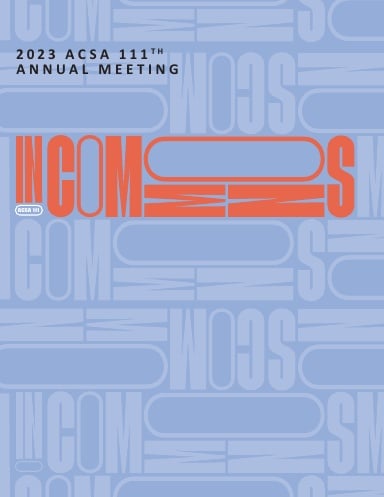Author(s): Gabriel Fries-Briggs
This paper traces a lineage of device-as-architecture through the mediatization of Julia Child’s kitchens. A historical survey of the changes to her kitchen and its relationship to interior design during the latter half of the 20th century suggest a reading of interior architecture not as a means to house new technology but rather as composed by technology and devices. Counter to Ryener Banham’s projection of a future where interior technologies give shape to an architectural exterior, Child’s kitchen reflects a growing trend in the second half of the 20th century in which tool-based clutter and the interior’s autonomy from the exterior, best characterized by the storage-accumulation aesthetics of lofts and garages, dominated. Rather than necessarily limiting the role of the architect to exterior form, the elevation of gadgets, gizmos, and devices to the status of architecture opened up the possibility for a functional user-driven design agency. Analysis of the kitchen backdrops that served as sets for her various cooking shows as well as the cataloging and installation of her kitchen in the Smithsonian Museum of American History reveal an evolution of architectural interiors that shifted with her own identity and paralleled shifting domestic aesthetics away from minimalism, modernism, and post-World War II home automation. This examination of Julia Child’s kitchens frame a narrative of domestic design beginning in the 1960s when tools and technology were increasingly seen as the backbone of a new ecological or environmental society. Julia Child’s display of functional clutter took part in popularizing a new craft aesthetic where tools were prominently displayed and often collectively used. The images of her kitchen, spanning four decades, provide a context for changing cultural and architectural discourse in relation to the aesthetics of function, devices, media, and attitudes toward preservation.
https://doi.org/10.35483/ACSA.AM.111.32
Volume Editors
ISBN
978-1-944214-41-8

 Study Architecture
Study Architecture  ProPEL
ProPEL 
